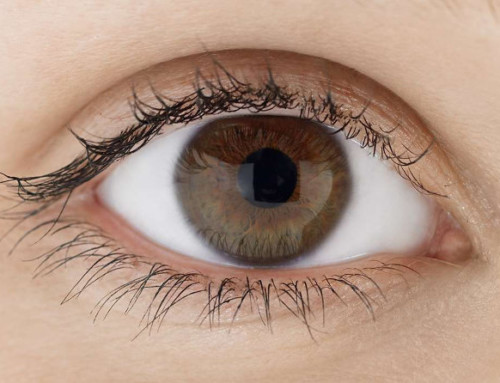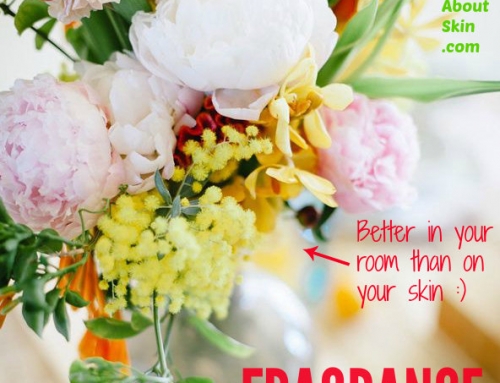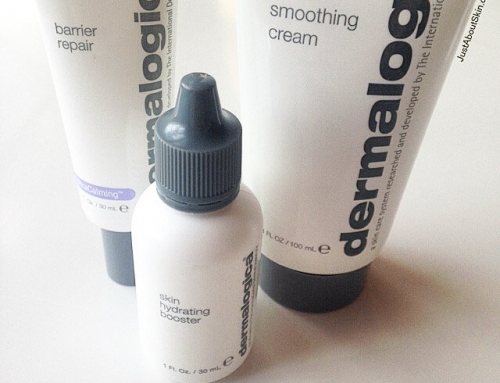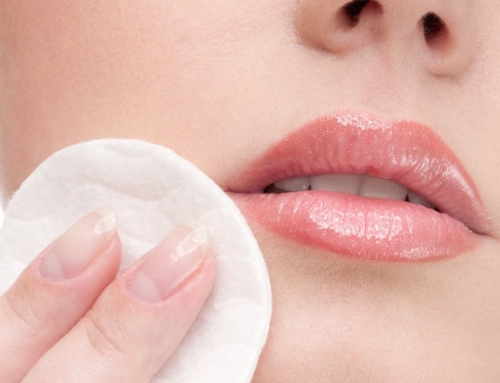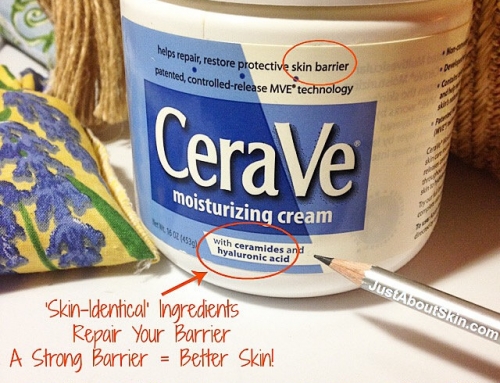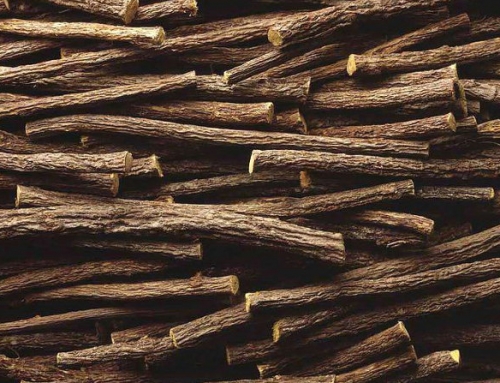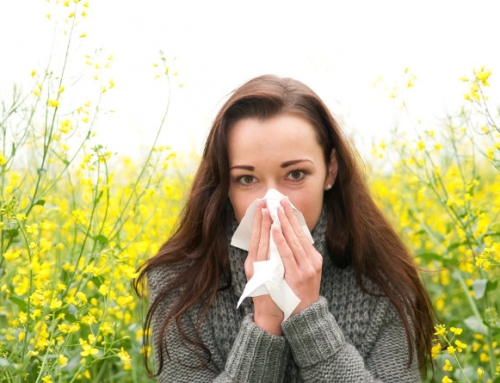When asked if they have sensitive skin, more than 50% of people say yes. And this percent is on the rise. But the reality is, most people don’t have naturally sensitive skin. They are sensitized.
Because sensitivity is a common problem for many, I’ll be talking about this for the next few posts.
Today let’s look at the different types of sensitive skin. Did you know there’s more than one?
Sensitive vs Sensitized
There is a difference between naturally sensitive skin and sensitized skin.
Naturally Sensitive Skin – A Skin Type
Naturally sensitive skin is a skin type. It is genetic, meaning you are born with this skin type and cannot change it.
Skin Characteristics:
- Skin is normally thinner and more delicate, may be translucent (common in Northern European ancestry)
- Blood vessels are close to the skin’s surface (so skin tends to be more red)
- Visible capillaries on nose and across cheeks
- May have small, rash like bumps or breakouts (often on upper cheeks)
Naturally sensitive skin types may have allergies to food, dust, pollen, or animals.
They may also have a genetic predisposition to inflammatory disorders such as eczema, psoriasis, and rosacea.
While sensitive skin is most common in light skin tones, darker skin tones can be naturally sensitive too.
Sensitized Skin – A Skin Condition
Sensitized skin is a skin condition (acquired, can change over time). Unlike naturally sensitive skin, it is not a skin type (inherited, cannot change).
Sensitized skin has been made sensitive by environmental and lifestyle factors. In other words, skin that has become environmentally sensitized.
Sensitized skin can happen to anyone, regardless of skin type, skin color, or racial background.
Symptoms of Sensitive or Sensitized Skin
Sensitive skin and sensitized skin share similar symptoms.
- Tingling, stinging, prickling, or burning
- Hot or warm
- Red and blotchy
- Blushing or flushing
- Dry, tight, flaky, or itchy
- Dry patches, cracked skin
- Spots
- Bumps
- Sensitive to touch
- React quickly to heat (sun, hot water, high temperatures)
- Easily irritated to products or changes
With sensitized skin, these symptoms go away once the skin has repaired itself. With naturally sensitive skin, these symptoms are often ongoing.
Environmental & Lifestyle Factors that Cause Sensitivity
- pollution (outdoor & indoor)
- wrong cosmetic products
- harsh ingredients (sulfates, SD alcohol, AHA’s, artificial fragrance, D&C or FD&C colorants)
- soaps and perfumes
- traumatized skin from medical procedures (like laser resurfacing)
- over-exfoliating
- excessive cleansing
- too much sun or heat
- adverse climate (e.g. exposure to wind, dry air, dry heat)
- extreme changes in climate or indoor environment
- smoking, alcohol, caffeine
- stress (emotional, physical, environmental)
- hormone changes
- inflammatory diseases
- medications
- dietary choices
#1 Factor – Pollution
The number one cause is pollution, which breaks down the acid mantle of the Stratum Corneum and damages the barrier function.
When the acid mantle has been breached (for example, by using products at the wrong pH), the skin becomes vulnerable to foreign invaders, such as bacteria and other microorganisms, and irritants. These in turn cause inflammation and/or infection.
#2 Factor – Allergic Reactions or Adverse Reactions to Products
The second most common cause is adverse reactions to products. For example, being allergic to cosmetic ingredients.
Or an allergic reaction to plant ingredients.
Or a reaction to over-exfoliation – using the wrong type of exfoliant (too aggressive), leaving it on it too long, or exfoliating too often.
Thin or Damaged Stratum Corneum (Barrier Function)
What is the common characteristic of sensitive skin and sensitized skin? A thinned-out or damaged Stratum Corneum.
The Stratum Corneum is the outermost layer of skin. Its job is to protect you. The Barrier Function is the term that describes this ability.
A damaged barrier function means there are micro cracks in the skin. This allows water to leak out faster (transpidermal water loss), and things from the outside to come in. So you lose valuable water and acquire unwanted microorganisms or irritants. Both are a recipe for irritated skin.
Typical signs of a damaged barrier are dry, flaky, cracked, irritated, itchy, or uncomfortable skin.
Once the barrier is damaged, skin becomes sensitive to everything. It needs to be treated with barrier repair ingredients.
Reactive Skin
Reactive skin is a type of sensitive skin. It describes skin that is extremely sensitive.
Reactive skin reacts rapidly to products and procedures, and gets red, hot, inflamed, and irritated very easily.
It is more common on lighter skin tones and thin skin.
People with reactive skin need to be careful with harsh products, especially highly acidic or alkaline ingredients and abrasive particles. Exfoliation should be done with caution, and by a very gentle method (if at all).
Thinner Skin Gets Red More Easily
Thin skin shows redness more easily. Why is that? When skin is thinner, blood capillaries are closer to the outer layer of skin. This makes skin appear more red if it becomes stimulated by touch (massage), heat, or products.
Have you noticed visible capillaries (red web-like lines) around your nostrils? It is very common because the skin is thin there. It is also common to see visible capillaries on the cheeks in people with sensitive or thin skin.
If Your Skin Gets Really Red From A Product..
Stop using it. If a product makes your face turn very red and it doesn’t go away after an hour, this is a sign that your skin is reacting to it.
When your skin is red, it means you have more blood flow below it. Your blood capillaries have dilated (expanded), which allows more blood to flow through.
Some products, like exfoliants, stimulate circulation, so the increased blood flow will make you temporarily red. But if the redness persists, it is a sign of a reaction. It’s the body’s way of sending help to an area of injury or infection.
Related Articles:
- Allergic Reactions & Sensitivity to Products
- How to Care For Sensitive Skin
- 10 Tips for Sensitive Skin
- How to Repair Irritated Skin
Want posts delivered straight to your inbox? Sign up for the weekly newsletter here.


